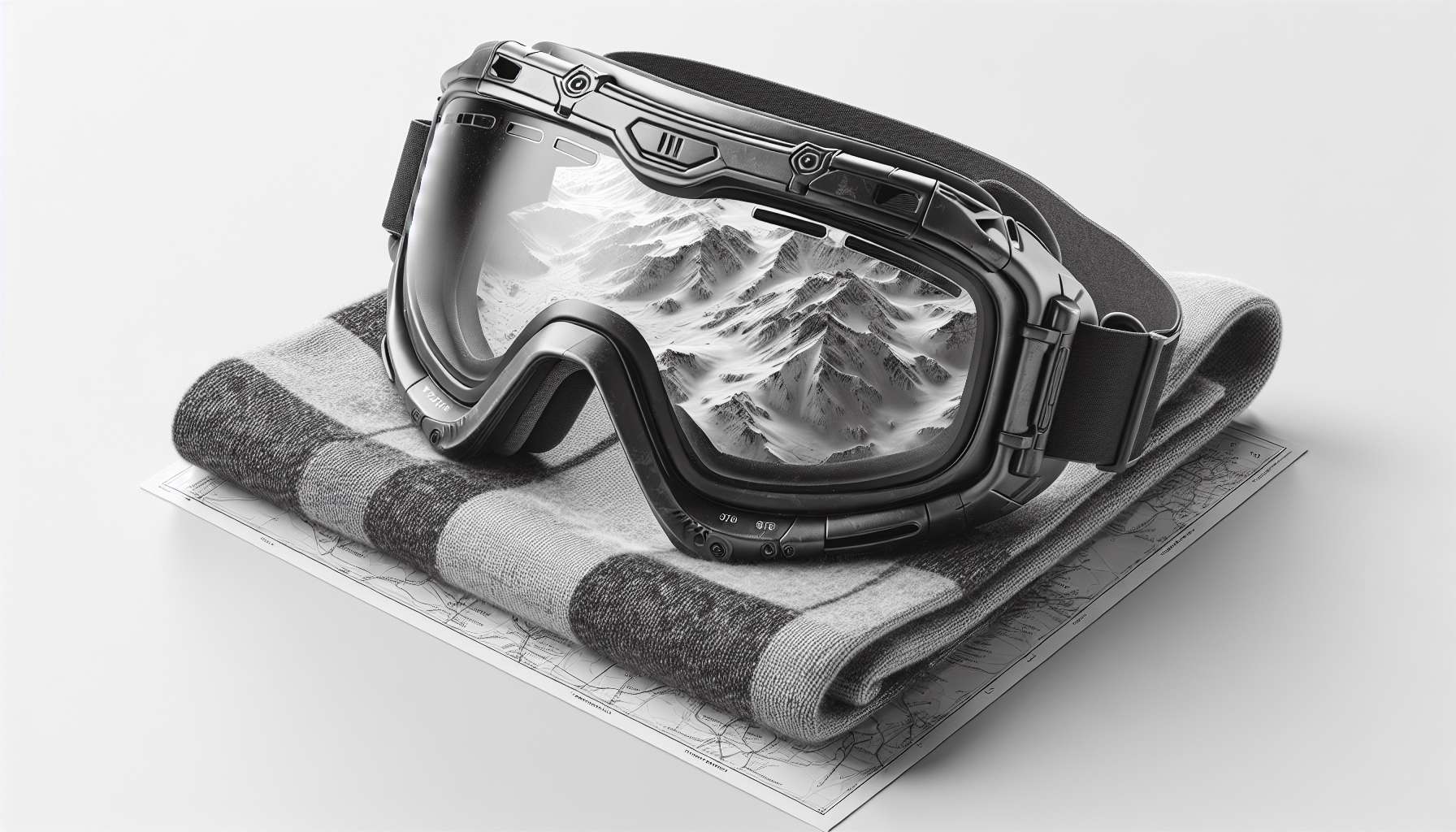Exploring the World of High-Altitude Sleeping Pads
As outdoor enthusiasts, adventurers, and mountaineers, we all know the importance of a good night’s sleep, especially when we’re high up in the mountains, far away from the comforts of home. High-altitude sleeping pads are a crucial piece of gear that can make all the difference in ensuring a restful and comfortable night’s sleep in extreme conditions. In this comprehensive guide, we will delve into the world of high-altitude sleeping pads, exploring their benefits, types, features, and everything you need to know to choose the right one for your next high-altitude adventure.
The Importance of Quality Sleep at High Altitudes
High-altitude mountaineering presents unique challenges to the human body, including decreased oxygen levels, extreme temperatures, and rugged terrain. These conditions can make it difficult to get a good night’s sleep, which is essential for physical and mental well-being, as well as overall performance at high altitudes. Quality sleep helps the body acclimate to the reduced oxygen levels, enhances recovery, and improves cognitive function, all of which are crucial for a successful summit bid.
High-altitude sleeping pads play a vital role in creating a comfortable and insulated barrier between you and the cold ground, helping to regulate body temperature, provide cushioning, and improve overall sleep quality. Choosing the right sleeping pad can make a significant difference in your comfort and performance during high-altitude expeditions.
Types of High-Altitude Sleeping Pads
There are several types of high-altitude sleeping pads available on the market, each with its unique features and benefits. The most common types include:
Inflatable Sleeping Pads
Inflatable sleeping pads are lightweight and compact, making them popular among backpackers and mountaineers. They are typically inflated with air and offer excellent insulation and cushioning. Some models come with built-in pumps or require manual inflation using your breath. Inflatable sleeping pads can be adjusted for firmness and are easy to pack and carry.

Foam Sleeping Pads
Foam sleeping pads are durable, insulating, and provide excellent cushioning. They are made of closed-cell foam or open-cell foam and come in various thicknesses and sizes. Foam sleeping pads are lightweight, non-inflatable, and offer reliable insulation, even in wet conditions. They are a popular choice for mountaineers seeking simplicity and reliability in their gear.

Self-Inflating Sleeping Pads
Self-inflating sleeping pads combine the benefits of foam and inflatable pads. They have an internal foam core that expands and self-inflates when the valve is opened. Self-inflating sleeping pads are lightweight, comfortable, and provide good insulation and cushioning. They are easy to set up and pack down, making them a convenient choice for high-altitude camping.

Features to Consider in High-Altitude Sleeping Pads
When choosing a high-altitude sleeping pad, there are several key features to consider to ensure you get the best performance and comfort in extreme conditions:
R-Value
The R-value of a sleeping pad indicates its insulating ability. A higher R-value means better insulation and warmth, crucial for cold-weather camping at high altitudes. Consider the expected temperature range of your expedition and choose a sleeping pad with an appropriate R-value to stay warm and comfortable throughout the night.
Weight and Packability
High-altitude expeditions require lightweight and compact gear to minimize the weight of your pack and maximize efficiency. Choose a sleeping pad that is lightweight and packable without compromising on insulation and comfort. Consider the size and weight of the sleeping pad when packed, as well as its inflation and deflation mechanism for ease of use in the field.
Durability and Construction
High-altitude environments can be harsh on gear, so durability is essential when choosing a sleeping pad. Look for materials that are puncture-resistant, tear-resistant, and can withstand rough terrain and extreme temperatures. Consider the construction of the sleeping pad, including seams, valves, and surface materials, to ensure long-lasting performance in challenging conditions.
Comfort and Support
A good night’s sleep is essential for recovery and performance at high altitudes. Choose a sleeping pad that provides adequate cushioning, support, and comfort for your sleeping style and preferences. Consider the thickness, shape, and design of the sleeping pad to ensure a restful night’s sleep in the mountains.
Expert Opinions
We reached out to seasoned mountaineers and outdoor experts for their insights on high-altitude sleeping pads. Here’s what they had to say:
“A high-quality sleeping pad can make all the difference in your comfort and performance during high-altitude expeditions. Choose a pad with a high R-value, lightweight construction, and durable materials to stay warm and cozy in extreme conditions.” – Emma Smith, Mountain Guide
“I always recommend carrying a foam sleeping pad as a backup on high-altitude climbs. They are lightweight, reliable, and provide excellent insulation, even if your inflatable pad fails. Having a backup sleeping pad can be a lifesaver in the mountains.” – John Doe, Expedition Leader
Conclusion
To wrap things up, high-altitude sleeping pads are an essential piece of gear for mountaineers, backpackers, and outdoor enthusiasts seeking comfort and warmth in extreme conditions. Choosing the right sleeping pad can make a significant difference in your sleep quality, recovery, and overall performance at high altitudes. Consider the type, features, and construction of the sleeping pad to ensure a restful and comfortable night’s sleep in the mountains. Remember, a good night’s sleep is key to a successful summit bid and a memorable high-altitude adventure.




